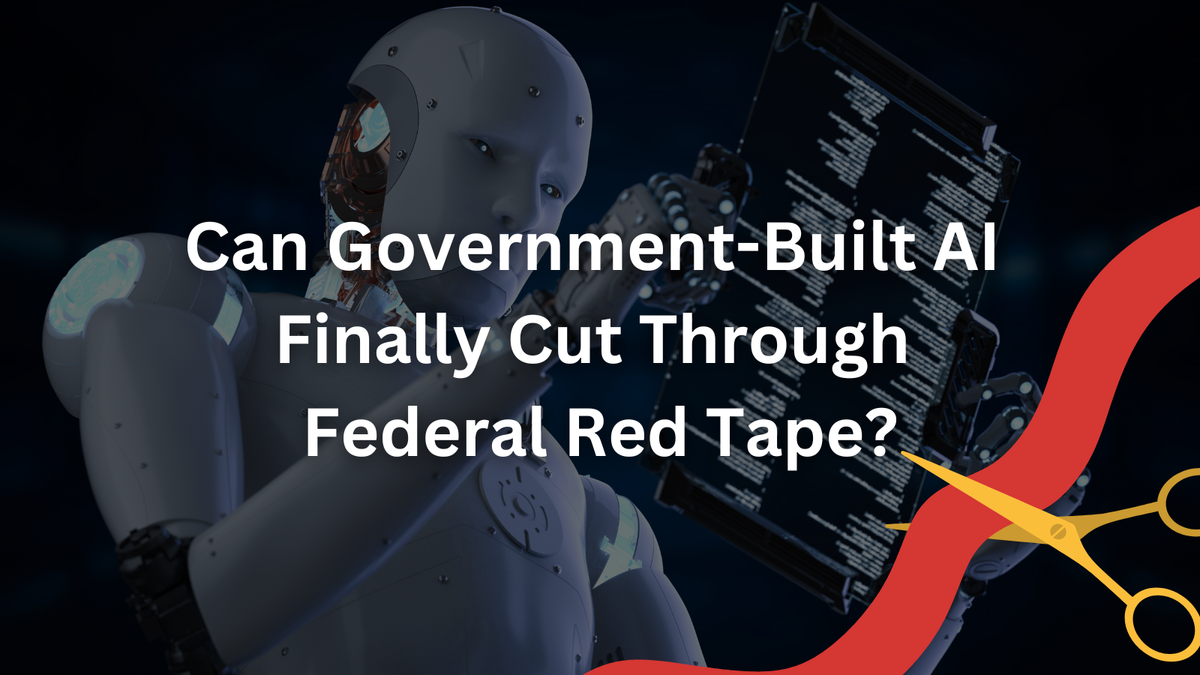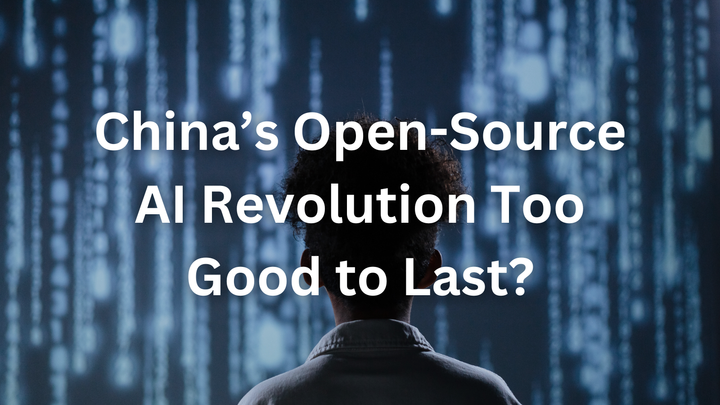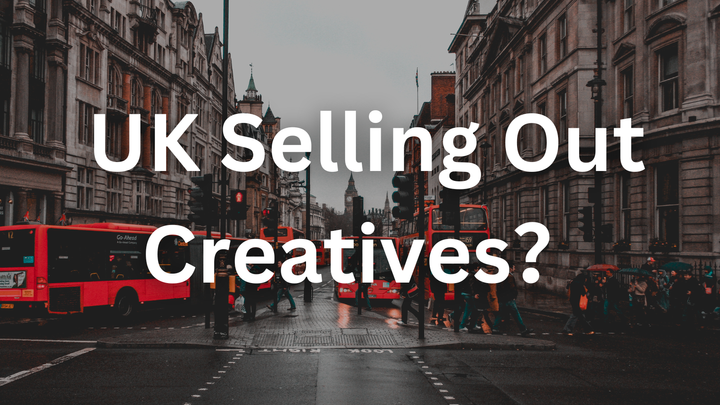Can Government-Built AI Finally Cut Through Federal Red Tape?

The federal government is betting on homegrown AI to slash inefficiency
For years, bureaucratic delays and mountains of paperwork have defined government work. Now, the U.S. General Services Administration (GSA) is rolling out a custom-built AI tool designed to streamline daily tasks for federal employees—and it could reshape how agencies operate. But with security concerns and skepticism about AI’s role in governance, will this experiment pay off? Let’s dive in.
📉 The Problem: Outdated Systems Meet Modern Demands
The federal government’s workflow challenges are no secret. Here’s why change is overdue:
- 🚧 Reliance on legacy processes: Many agencies still use manual workflows that haven’t evolved since the 1990s.
- ⚠️ Commercial AI risks: Publicly available tools like ChatGPT raise data privacy concerns for sensitive government work.
- ⏳ Slow tech adoption: While private companies deploy AI rapidly, federal agencies face long development cycles
✅ The Solution: A Secure, Government-First AI Tool
The GSA’s internally developed AI aims to balance innovation with safety:
- 🔒 Built-in security: Unlike commercial tools, it’s designed to comply with federal cybersecurity protocols from day one.
- 💼 Task automation: The tool is built to assist with routine work, perhaps something like drafting emails, analyzing data, and managing contracts—freeing staff for complex decisions.
- 🚀 Scalability blueprint: If successful, the GSA plans to share the tool with other agencies, potentially standardizing AI use across government.
The initiative has bipartisan support: Started under Biden and now backed by the Trump administration, it’s seen as a rare tech policy "win" across administrations.

🚧 Challenges: Will Feds Trust the Bot?
Even with top-down enthusiasm, hurdles remain:
- 🤖 Adoption resistance: The GSA isn’t requiring staff to use the tool—voluntary uptake could slow impact.
- 🔍 Ethical questions: Elon Musk’s rumored plan to use AI to evaluate federal workers’ roles (later denied) highlights fears of AI overreach in personnel decisions.
- 💸 Scalability costs: Expanding the tool government-wide would require massive funding—a tough sell in divided Congresses.
🚀 Final Thoughts: A Foundation for Future Efficiency?
As a tech optimist, I believe this AI tool is a critical first step. Government-built systems avoid the pitfalls of off-the-shelf tech, and early GSA testing could iron out flaws before wider rollout. Success hinges on three factors:
- 📈 User feedback: Federal employees must shape the tool’s evolution.
- 🔋 Continuous updates: AI models need regular training to stay relevant.
- 🛡️ Transparency: Clear guidelines on AI’s role will prevent misuse.
If executed well, this could cut permit wait times, accelerate benefit processing, and modernize how we interact with government services. What do you think—will federal AI live up to the hype?
Source: Elyse Perlmutter-Gumbiner. Trump administration launching an AI tool for government use, 2025-03-22, https://www.nbcnews.com/politics/trump-administration/trump-administration-launching-ai-tool-government-use-rcna197525



